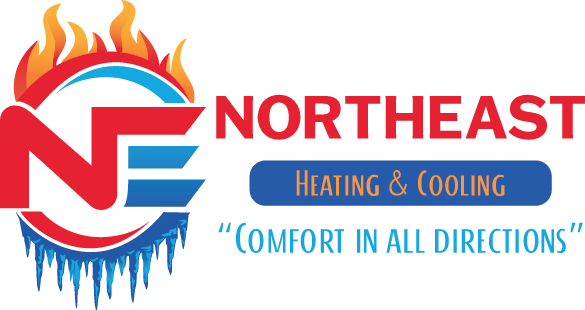HEATING & COOLING SERVICES IN Merrimack Valley & The North Shore
About Us
Northeast Heating & Cooling is an owner-operated company, providing outstanding service for all your heating & cooling needs.
We are committed to continuing our education to surpass industry standards, and providing you with unparalleled service and customer care during your time of need.
Learn more about our furnace services
Learn more about our air conditioning services
Reliable, Guaranteed Service
At Northeast Heating & Cooling, we stand behind our work and do everything in our power to ensure that every customer has the best experience possible.
As your local official Trane Comfort Specialist and Mitbushi dealer, you can rely on us to help you find the system that’s right for your home and budget. Need your system serviced? Our expert technicians can help you with that too.



